Setting up a habitat for a nocturnal snake requires careful consideration of their natural behaviors and evolutionary adaptations. Unlike diurnal species, nocturnal snakes have developed specialized senses and habits that allow them to thrive in darkness. Creating an environment that respects and accommodates these natural cycles is essential for your snake’s physical health, psychological well-being, and overall longevity. This comprehensive guide will walk you through every aspect of establishing a habitat that mirrors your nocturnal snake’s natural environment, from lighting considerations to substrate selection, temperature regulation, and beyond.
Understanding Nocturnal Snake Behavior

Nocturnal snakes have evolved to be most active during nighttime hours, with physiological adaptations that support this lifestyle. Many species possess enhanced sensory systems, including heat-sensing pits, exceptional olfactory abilities, and in some cases, specialized night vision. Their hunting strategies, defensive behaviors, and metabolic processes are all synchronized with darkness. During daylight hours, these reptiles typically seek secure hiding spots to rest, emerging as dusk falls to explore, hunt, and engage in other essential activities. Understanding this fundamental cycle is critical when designing a captive habitat, as disrupting these natural patterns can lead to stress, feeding refusals, and compromised immune function in your serpentine companion.
Selecting the Right Enclosure Size
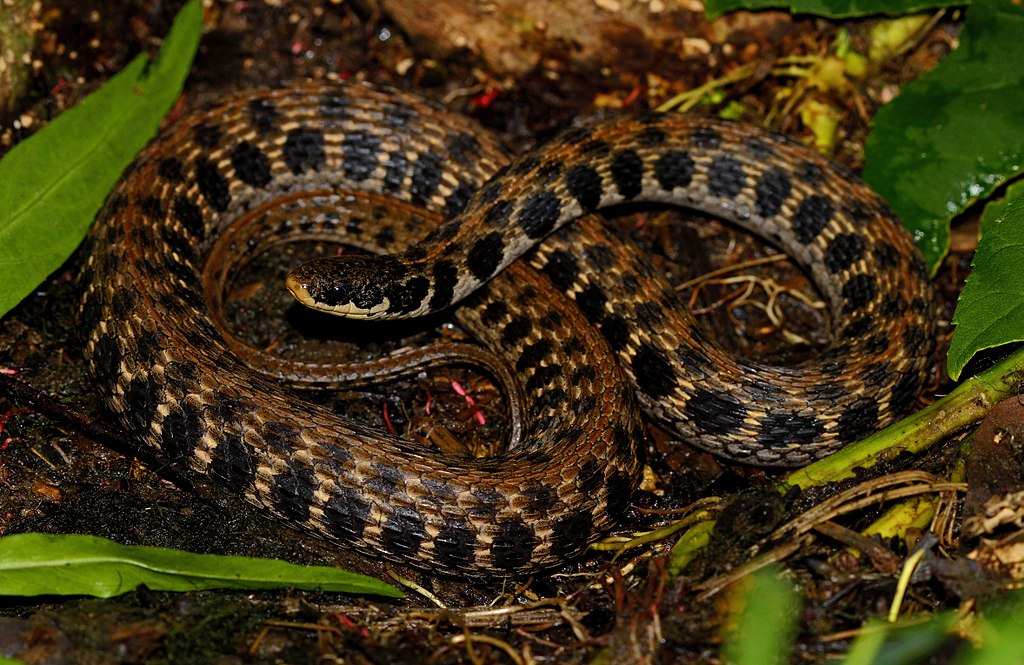
The first step in creating an appropriate habitat begins with selecting an enclosure of adequate dimensions. As a general guideline, the length of the terrarium should be at least two-thirds the total length of your adult snake, with width approximately one-third the snake’s length. Height requirements vary by species—arboreal nocturnal snakes like some vipers and tree boas require taller enclosures with climbing opportunities, while terrestrial species like ball pythons or king snakes need more floor space than height. Remember that many nocturnal species feel more secure in somewhat confined spaces rather than overly spacious tanks. Always consider the adult size of your specific snake species, as purchasing an appropriately sized enclosure from the beginning can save both money and the stress of frequent habitat transitions.
Creating a Proper Lighting Cycle
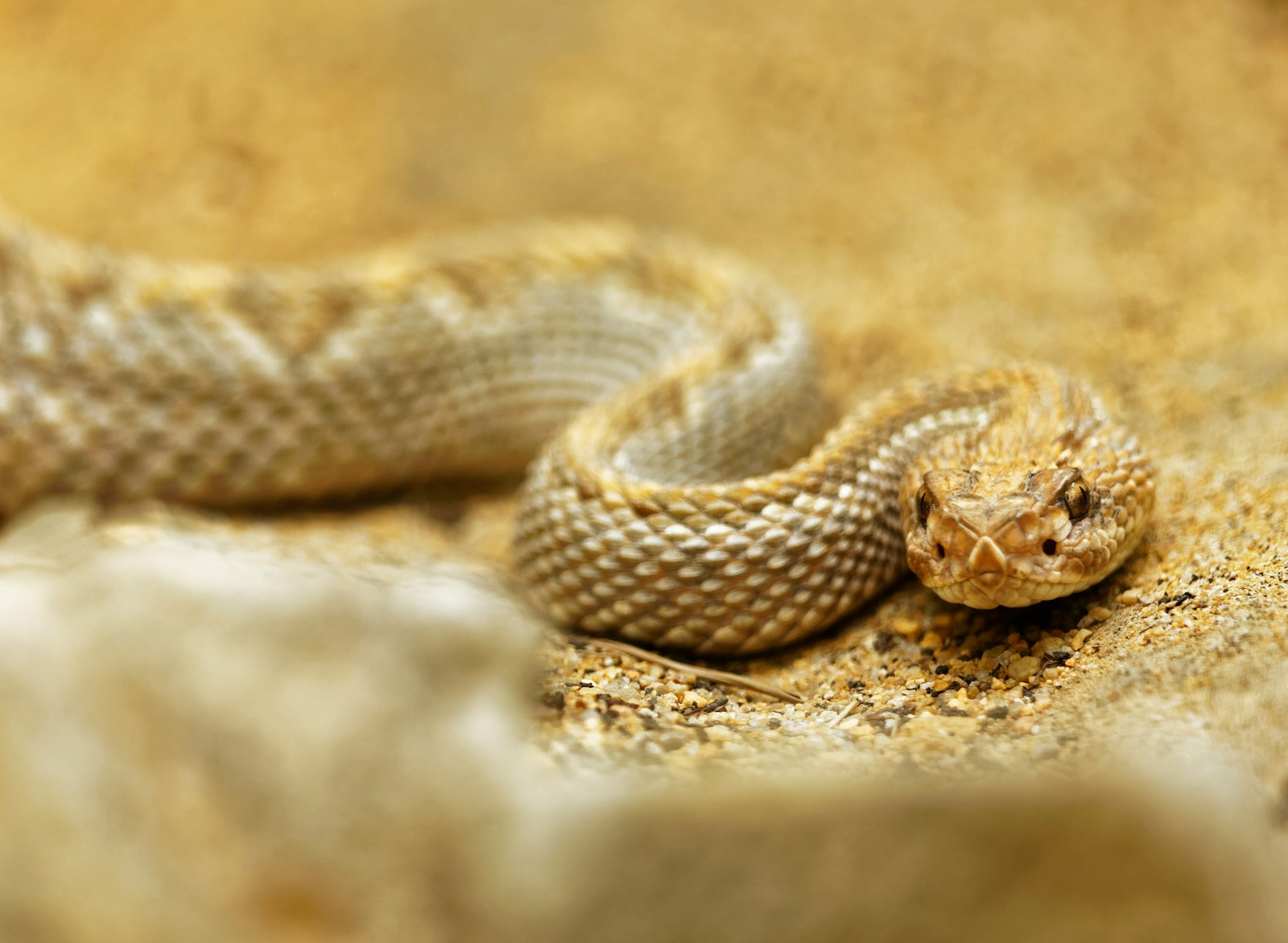
Contrary to popular belief, nocturnal snakes still benefit from a consistent light cycle that mimics natural day-night patterns. Establish a 12-hour light and 12-hour dark cycle using timers to ensure consistency, which helps regulate your snake’s internal clock and biological functions. During daylight hours, use low-intensity indirect lighting rather than bright direct illumination, as overly intense light can cause stress in species adapted to darkness. Red or blue “night” bulbs that claim to be invisible to reptiles should generally be avoided, as research suggests many reptiles can indeed perceive these wavelengths, potentially disrupting their natural rest patterns. For observation during your snake’s active nocturnal period, consider using a very dim white light or a flashlight with a red filter, which will allow you to watch your pet while minimizing disturbance to its activities.
Temperature Gradient Essentials
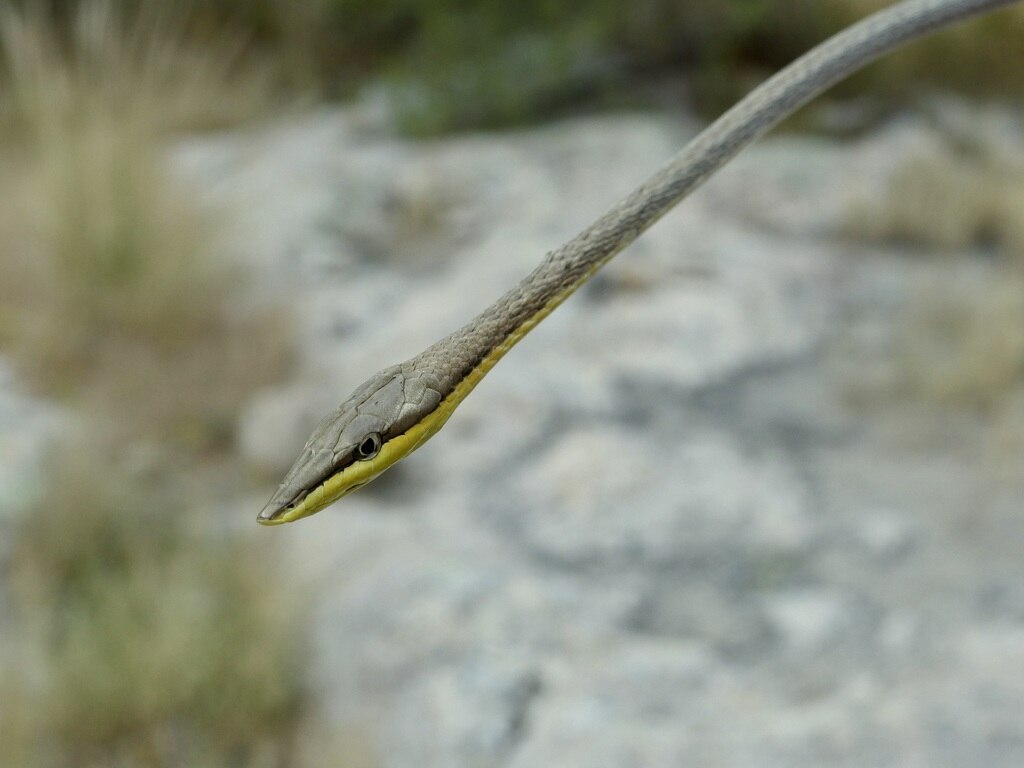
Creating an appropriate temperature gradient is critical for nocturnal snakes, whose thermoregulation needs continue even during their active night hours. Establish a warm side and a cool side within the enclosure, allowing your snake to thermoregulate by moving between zones as needed. During daylight hours when your snake is typically resting, the warm side should maintain species-appropriate temperatures—generally between 88-90°F for many popular nocturnal species, while the cool side should remain around 78-80°F. Many keepers find that slight temperature drops at night (approximately 3-5 degrees lower than daytime temps) better replicate natural conditions and can stimulate normal behaviors. Heat sources should be regulated with thermostats and positioned to prevent direct contact with the snake, with under-tank heaters, radiant heat panels, or ceramic heat emitters being excellent choices as they provide heat without light that could disrupt nighttime activities.
Humidity Control for Desert vs. Tropical Species

Humidity requirements vary dramatically among nocturnal snake species, reflecting their native habitats from arid deserts to tropical rainforests. Desert-dwelling nocturnal species like sand boas typically require lower humidity levels between 30-50%, while tropical species such as ball pythons or Amazon tree boas need higher humidity ranging from 60-80%. To maintain appropriate humidity levels, use a hygrometer to monitor conditions and implement species-appropriate moisture-management strategies. For desert species, well-ventilated enclosures with dry substrate and occasional misting may suffice. Tropical species benefit from moisture-retaining substrates, limited ventilation, and regular misting systems or humidity boxes. Remember that humidity fluctuations naturally occur between day and night in many habitats, with levels typically rising after sunset—replicating these natural patterns can support your snake’s physiological processes and aid in successful shedding cycles.
Selecting Appropriate Substrate
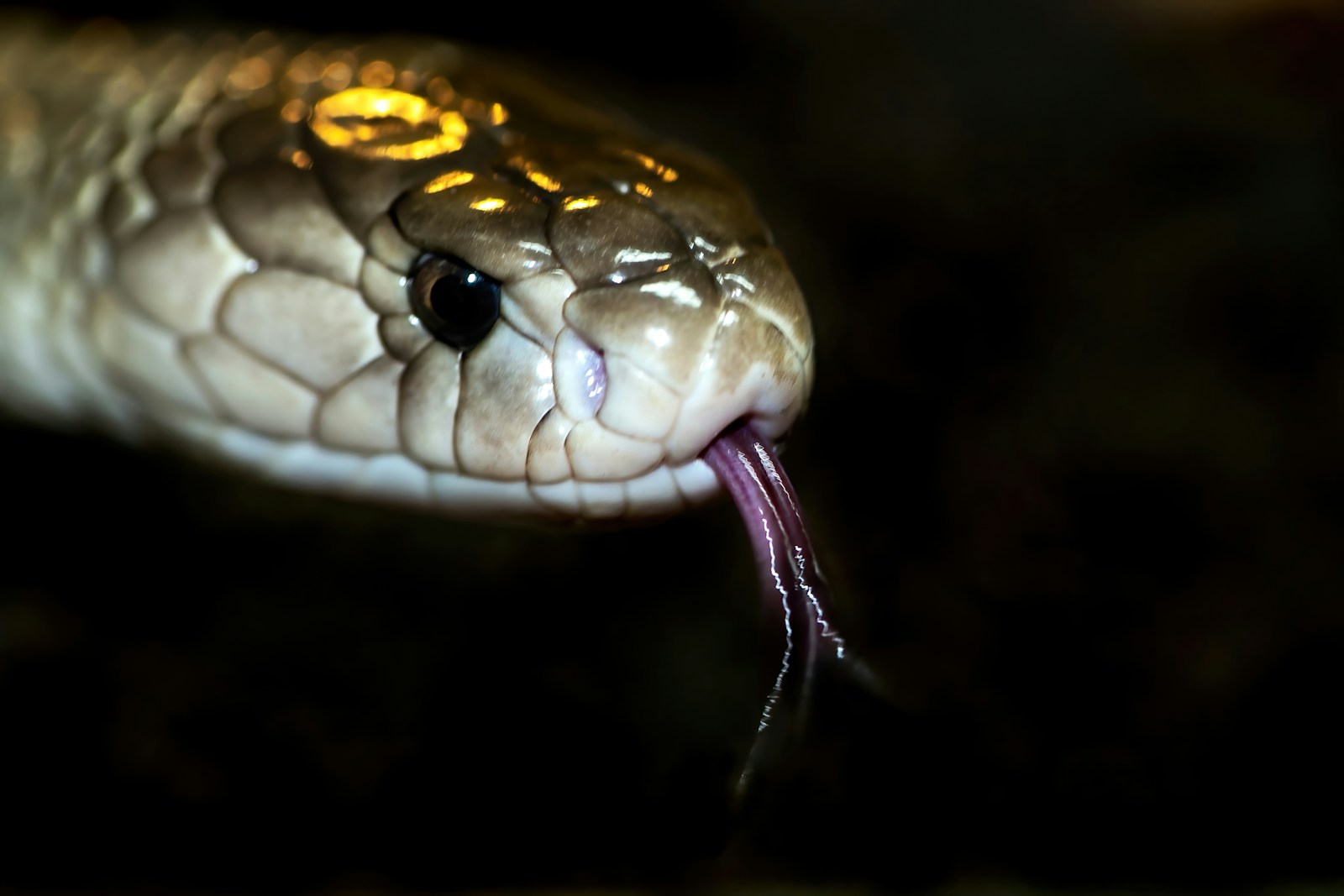
Substrate selection should reflect both your snake’s natural habitat and support its burrowing instincts, which are particularly important for many nocturnal species. Aspen shavings provide excellent burrowing opportunities for many terrestrial nocturnal snakes like hognose snakes or corn snakes, maintaining structural integrity when tunnels are created. Coconut husk products like coco fiber or cypress mulch work well for species requiring higher humidity, such as ball pythons or rainbow boas, while helping to manage moisture levels. For desert-dwelling nocturnal species, a mixture of play sand and soil or specialized reptile desert substrates can replicate their natural environment. Avoid cedar or pine substrates, which contain harmful oils, and cedar shavings which can cause respiratory issues. Substrate depth should be sufficient to allow burrowing behavior—generally 2-4 inches for most species, though some dedicated burrowers may benefit from even deeper substrate.
Creating Essential Hiding Spots
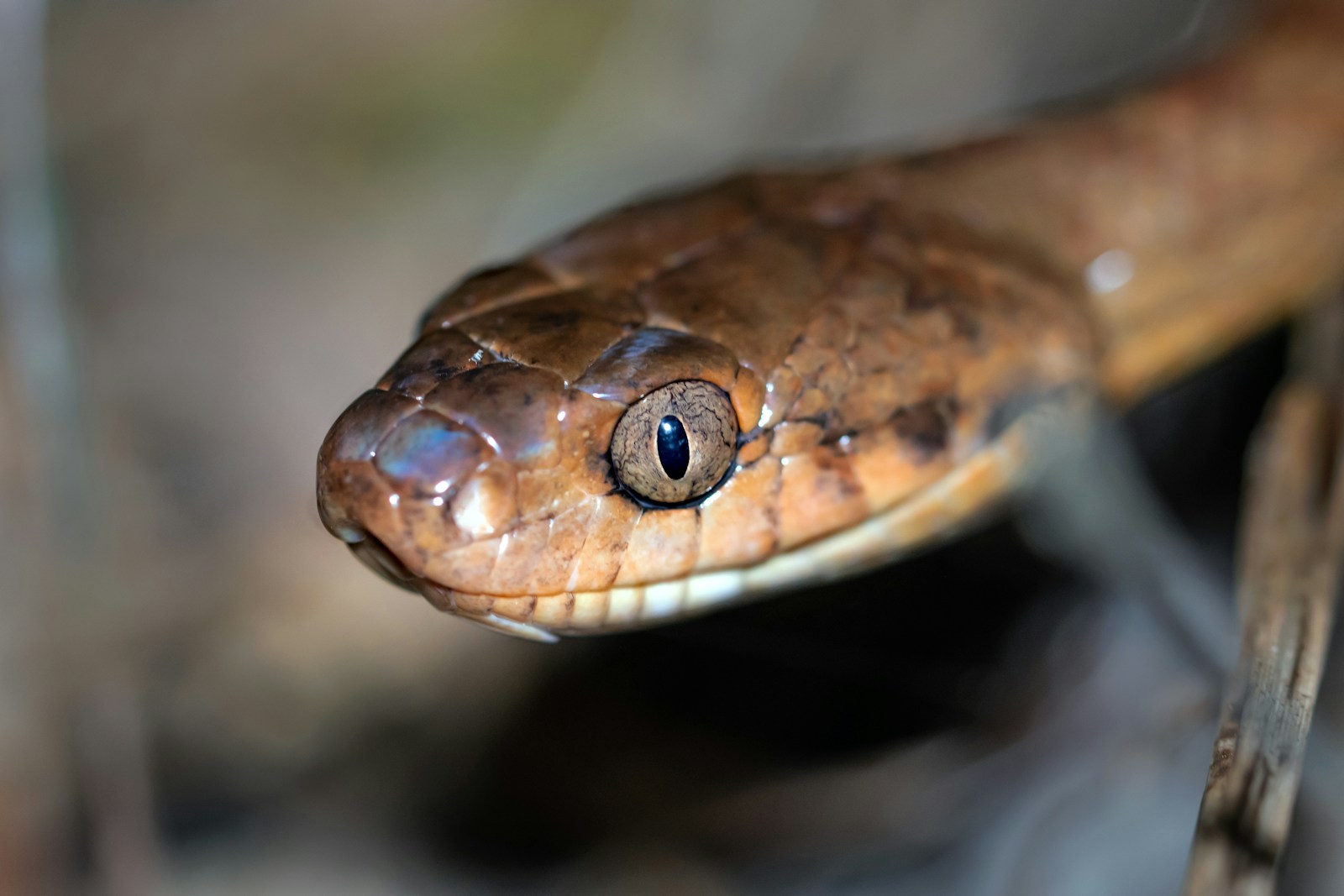
Nocturnal snakes spend their daylight hours concealed, making appropriate hiding places absolutely essential for their psychological wellbeing. Provide at minimum two secure hides—one on the warm side and another on the cool side of the temperature gradient—allowing your snake to thermoregulate while remaining hidden. Commercially available hide boxes, hollowed cork bark, ceramic caves, and repurposed household items like modified plastic containers can all serve as effective refuges. Ensure that each hide is appropriately sized—snug enough that your snake can feel its body contact the sides and top of the hide, creating a sense of security. For species with specialized hiding behaviors, such as sand boas that remain buried, ensure substrate selection and depth facilitate these natural behaviors. Many keepers find that adding additional hides beyond the minimum two creates a more enriched environment and reduces stress by providing more security options.
Water Source Considerations

Access to clean water is essential for all snakes, serving both for hydration and in many cases humidity regulation. Provide a heavy, stable water bowl large enough for your snake to soak in completely, as many nocturnal species will immerse themselves periodically, especially before shedding. Position the water dish away from heat sources to prevent rapid evaporation and on the cooler side of the enclosure to minimize bacterial growth. For arboreal nocturnal species like some tree boas, consider elevated water dishes or misting systems that allow them to drink droplets from leaves and surfaces as they would in nature. Clean and refill the water source at least every other day, as snakes often defecate in their water and bacterial growth can occur rapidly, especially in warm environments. Some keepers of tropical nocturnal species find that slightly larger water dishes help maintain humidity levels naturally through evaporation.
Climbing Structures for Arboreal Species
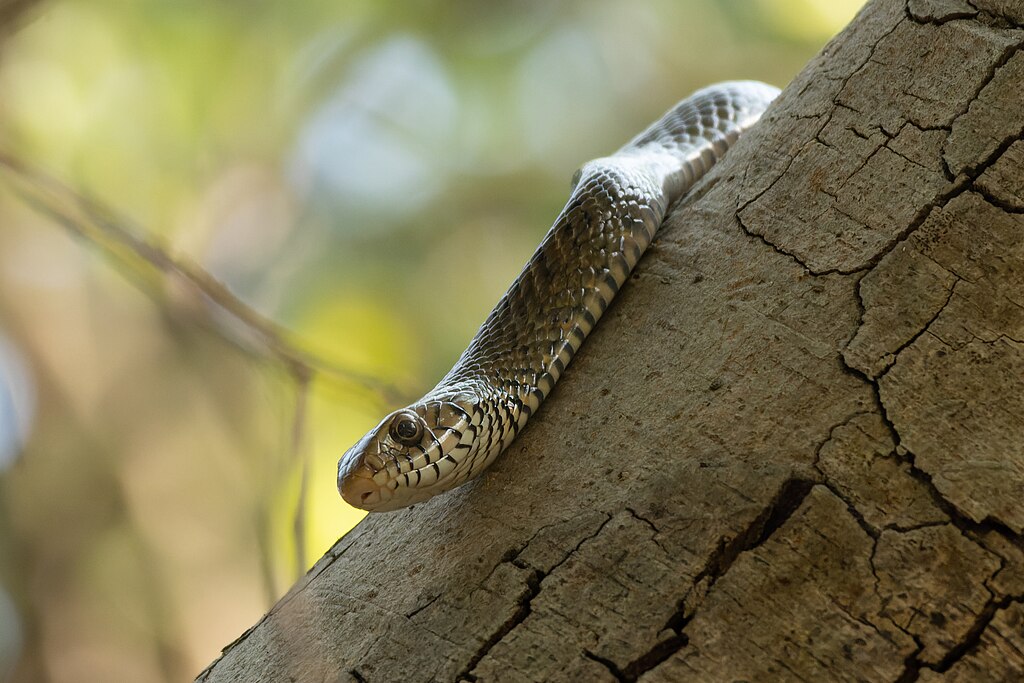
Many nocturnal snakes, particularly arboreal species like emerald tree boas or Amazon tree boas, require vertical climbing space and secure perches. Install branches of various diameters to provide climbing opportunities and resting places, ensuring each branch is securely anchored to prevent accidents. Select branches appropriate to your snake’s size—the diameter should be approximately equal to the mid-body thickness of your snake to provide adequate support. Natural hardwood branches from non-toxic trees like oak, maple, or apple work well after being cleaned and disinfected. Avoid softwoods like pine or cedar which contain harmful resins. For additional climbing structures, commercial reptile vines, cork bark flats mounted vertically, and textured background walls all provide climbing opportunities while enhancing the naturalistic appearance of the enclosure. Remember that even primarily terrestrial nocturnal species like ball pythons benefit from some low climbing options that provide environmental enrichment.
Security and Visual Barriers

Nocturnal snakes typically prefer environments where they feel protected from potential predators, including frequent human observation. Consider covering two or three sides of the enclosure with background materials to reduce the feeling of vulnerability that comes with a glass tank exposed on all sides. Commercially available reptile backgrounds, aquarium cling backgrounds, or even simple black construction paper can provide this visual security. Position the enclosure away from high-traffic areas of your home where constant movement might stress your nocturnal reptile during its daylight resting period. If keeping multiple snakes, arrange tanks so that the animals cannot constantly see each other, as the persistent presence of another snake (potential predator or competitor) can create chronic stress. Many keepers find that their nocturnal snakes become more active and display more natural behaviors when these simple security measures are implemented.
Environmental Enrichment Opportunities
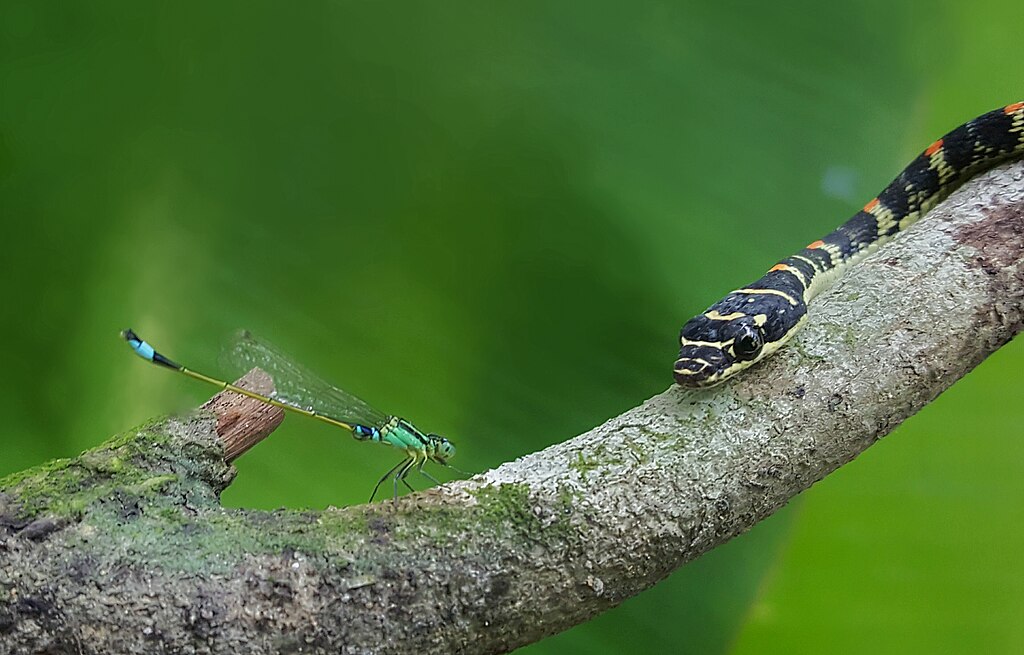
While simpler than mammalian enrichment, environmental complexity remains important for nocturnal snakes’ psychological wellbeing. Create a dynamic environment with varying terrain features—incorporate different levels, textured surfaces, and tight spaces that allow your snake to explore during its active nocturnal hours. Safely secured rocks, driftwood pieces, artificial or live plants, and textured backgrounds all contribute to a more stimulating environment. Consider rearranging some elements periodically (while maintaining consistent hide locations) to provide novel exploration opportunities. Some keepers implement feeding enrichment by occasionally varying prey presentation methods—using feeding tongs to move prey in naturalistic patterns or placing food items in different locations can stimulate hunting behaviors. Scent enrichment with appropriate natural materials from the snake’s native habitat can also provide sensory stimulation, though avoid introducing untested or potentially toxic materials.
Monitoring Systems and Technology
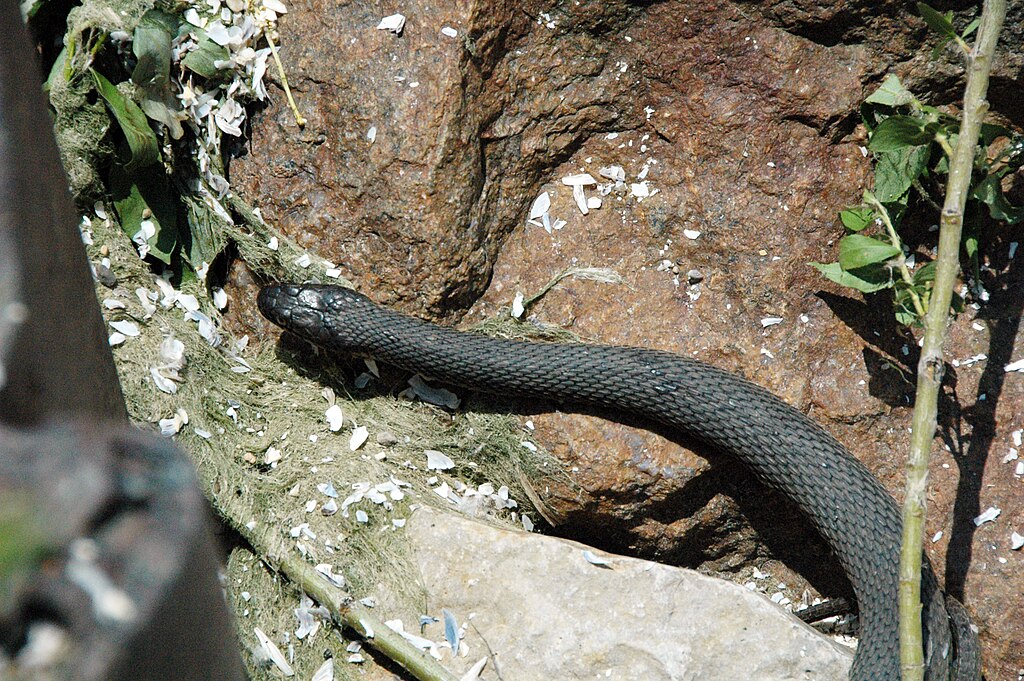
Observing nocturnal snakes during their active periods presents unique challenges that modern technology can help overcome. Consider installing infrared or night vision cameras to monitor your snake’s behavior without disturbing it with visible light. Digital thermostats and hygrometers with data logging capabilities allow you to track temperature and humidity fluctuations throughout the 24-hour cycle, ensuring your environmental parameters remain appropriate even when you’re not actively checking the enclosure. Programmable timers for lighting and misting systems help maintain consistent day-night cycles and humidity patterns that support your snake’s natural rhythms. Some advanced keepers implement dawn/dusk simulation lighting that gradually transitions between light and dark phases, more closely mimicking natural light changes. These monitoring and automation technologies not only improve husbandry precision but also provide valuable insights into your nocturnal snake’s behavior patterns that might otherwise go unobserved.
Maintenance Schedule for Nocturnal Habitats

Establishing a regular maintenance routine that respects your snake’s activity cycle is essential for both habitat cleanliness and minimizing stress. Schedule major cleaning activities during your snake’s natural inactive period (typically daytime for nocturnal species) when disturbance will cause the least disruption to normal behaviors. Spot-clean waste materials daily or as they appear, remove and replace soiled substrate as needed, and conduct thorough enclosure cleanings monthly using reptile-safe disinfectants. Monitor humidity levels and substrate moisture content regularly, addressing any issues before they lead to scale rot or respiratory problems. Establish a system for tracking feeding, shedding, and behavioral observations to identify potential health issues early. Many experienced keepers maintain a dedicated journal or digital record documenting weight, feeding response, complete sheds, and behavioral changes, providing valuable historical data that can help identify subtle shifts in your nocturnal snake’s health status.
Setting up a proper habitat for a nocturnal snake requires thoughtful consideration of their specialized needs and natural behaviors. By creating an environment that respects their evolutionary adaptations—from appropriate lighting cycles to security features, thermal gradients, and enrichment opportunities—you provide the foundation for a healthy, comfortable life in captivity. Remember that each species has unique requirements, so research your specific snake’s natural habitat and behaviors to refine this general framework. With careful attention to these details, your nocturnal snake will thrive in an environment that allows it to express natural behaviors while remaining visible enough for you to enjoy observing its fascinating nighttime activities.





